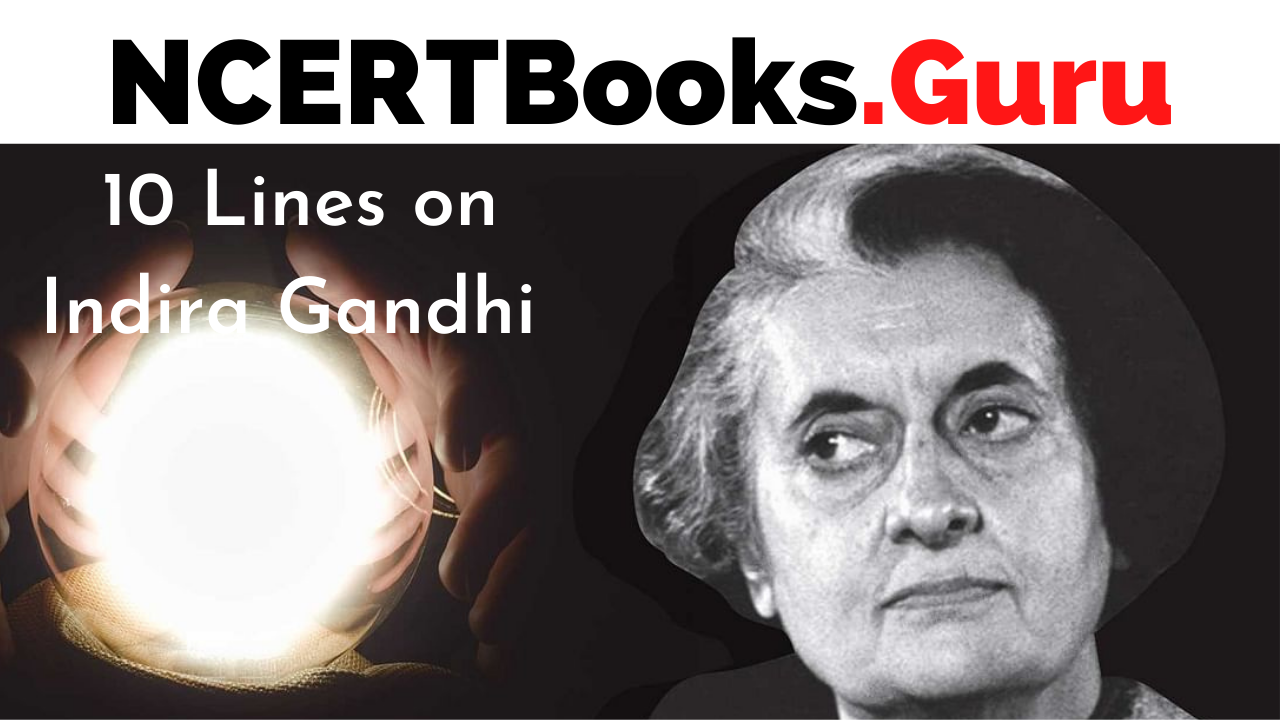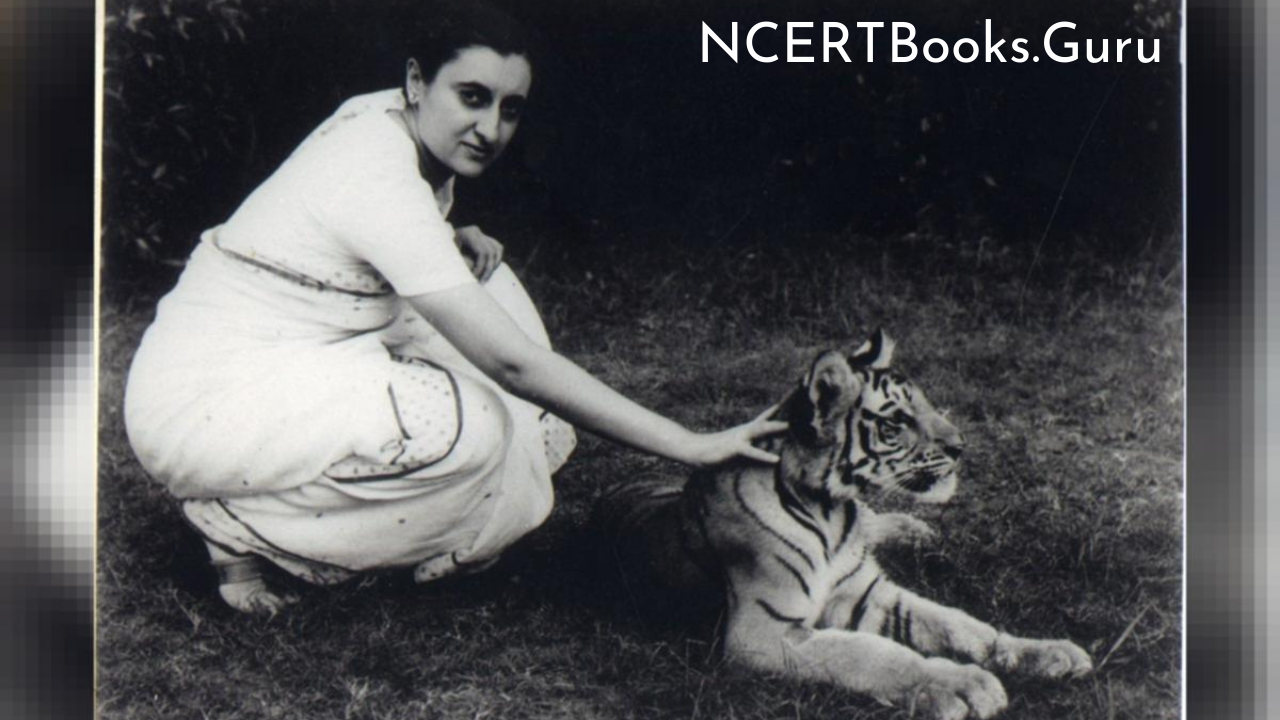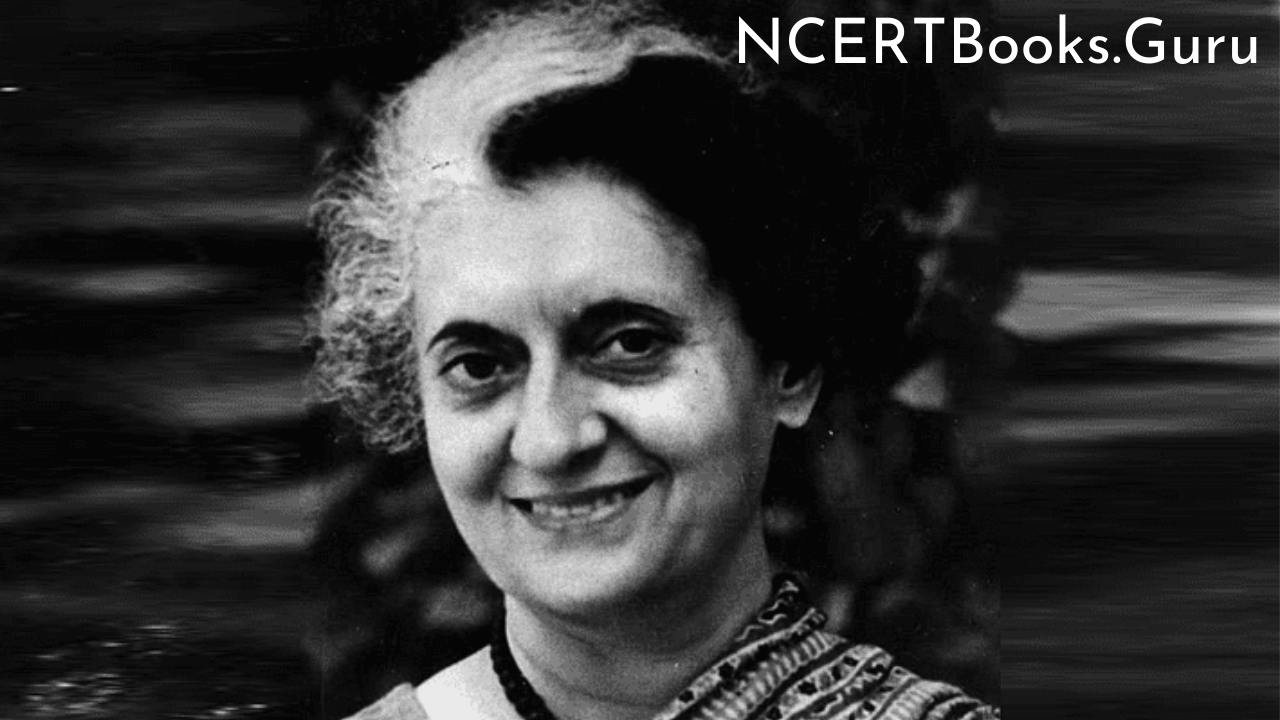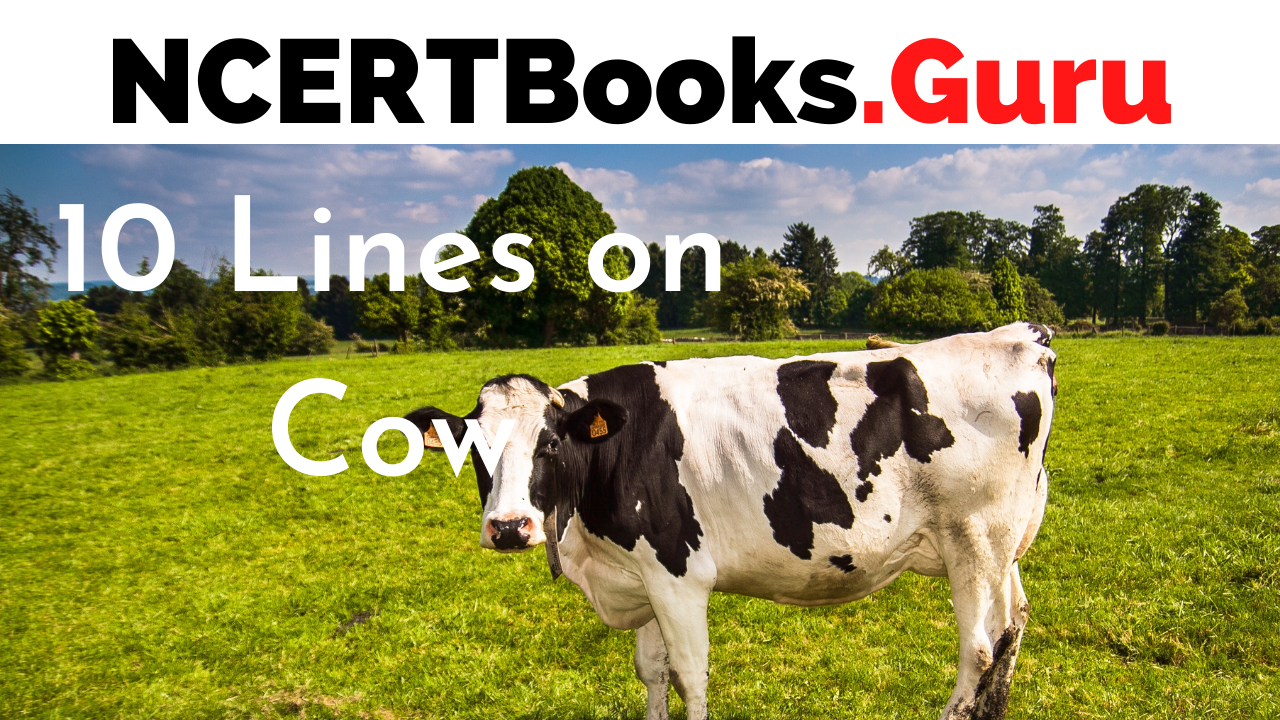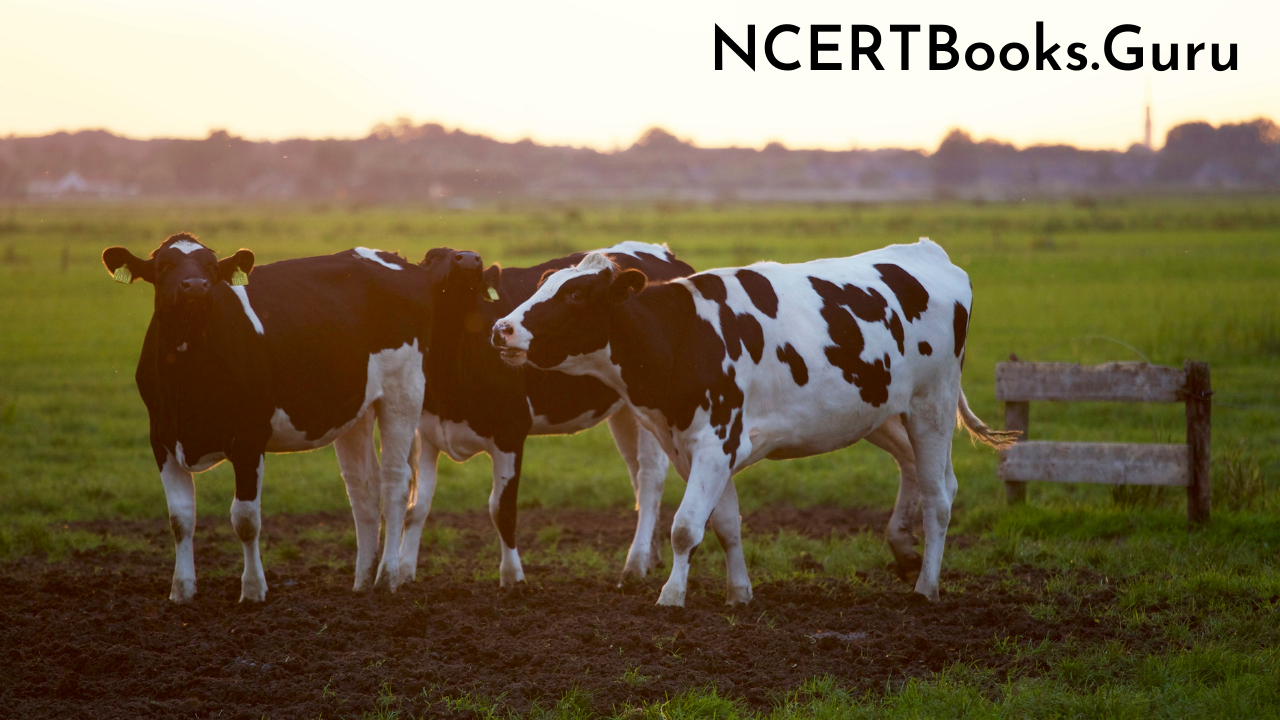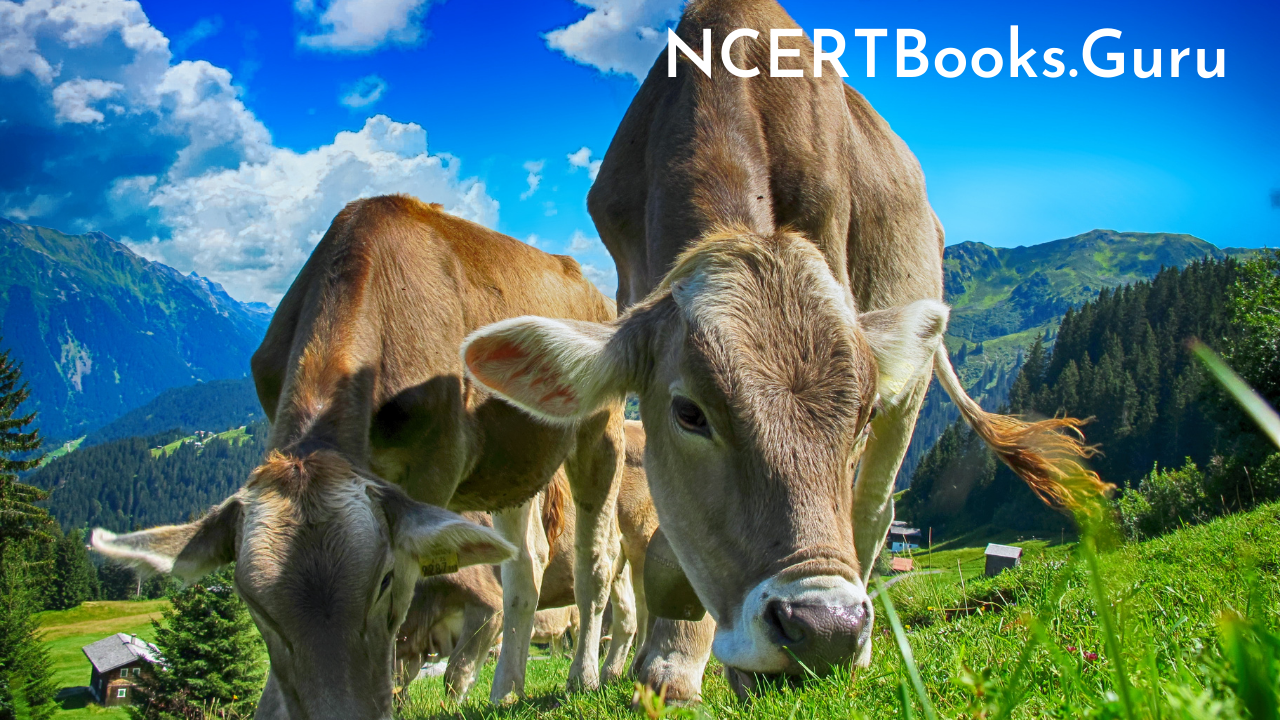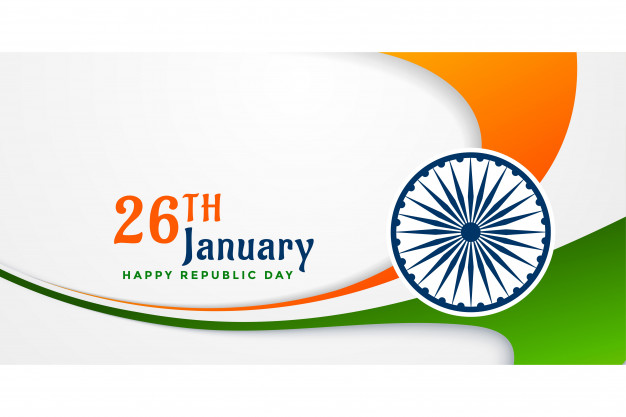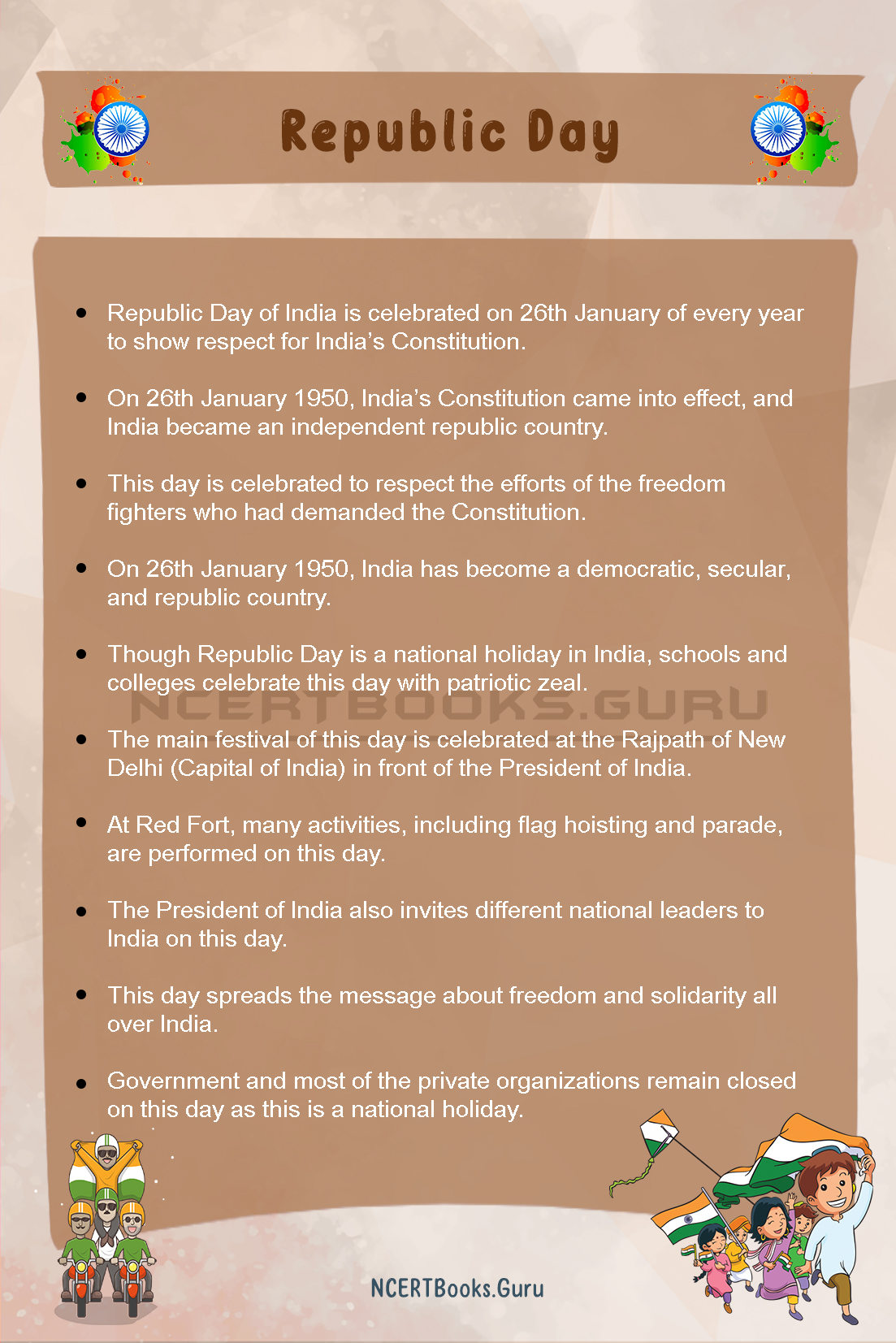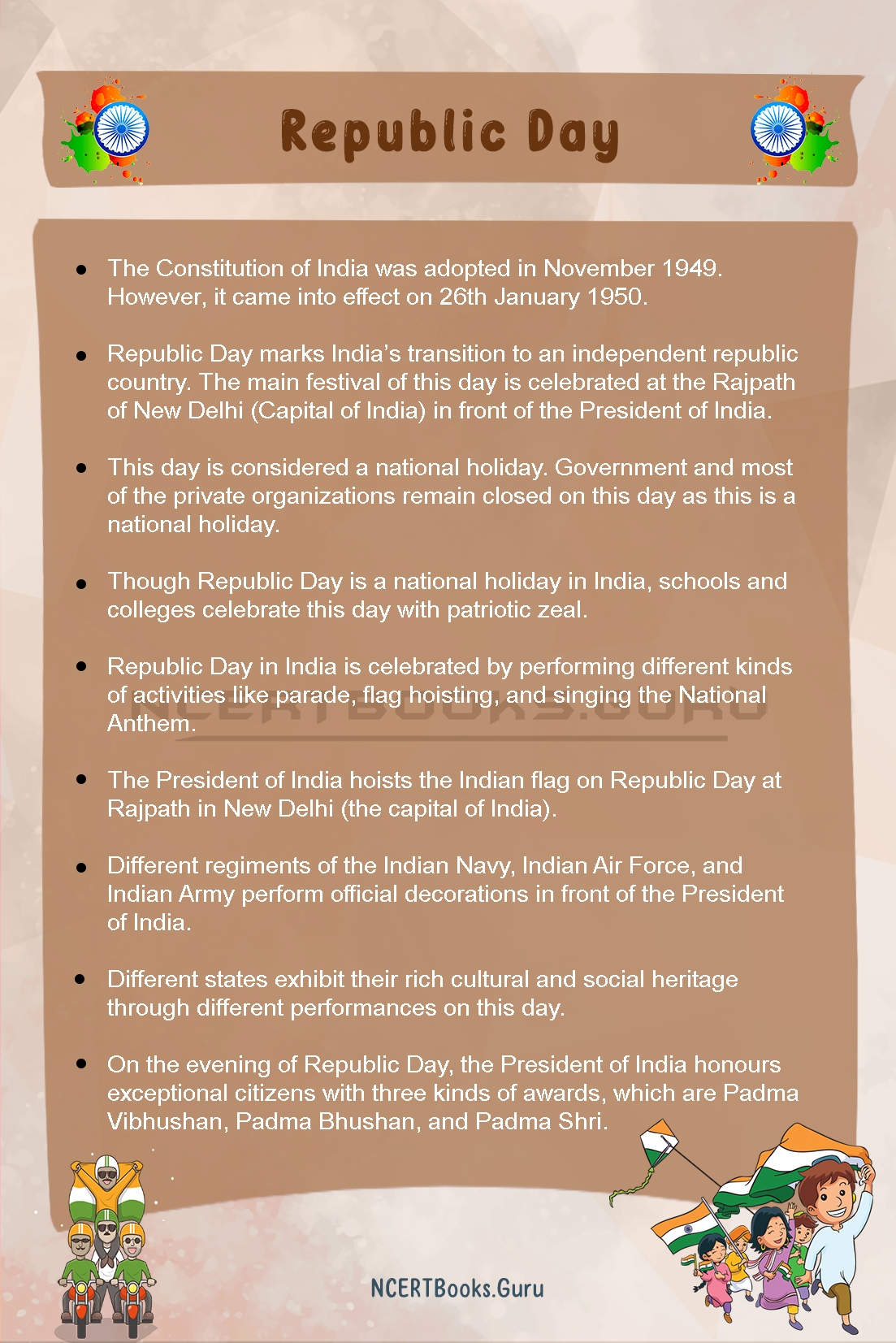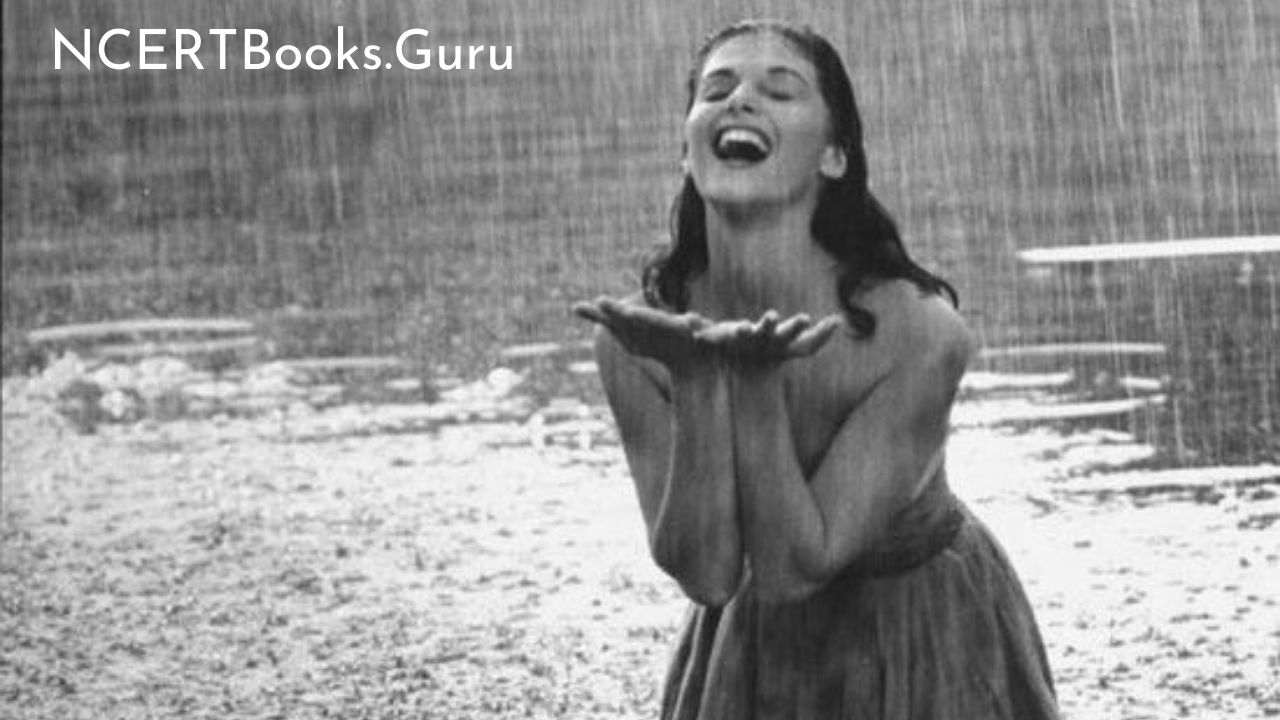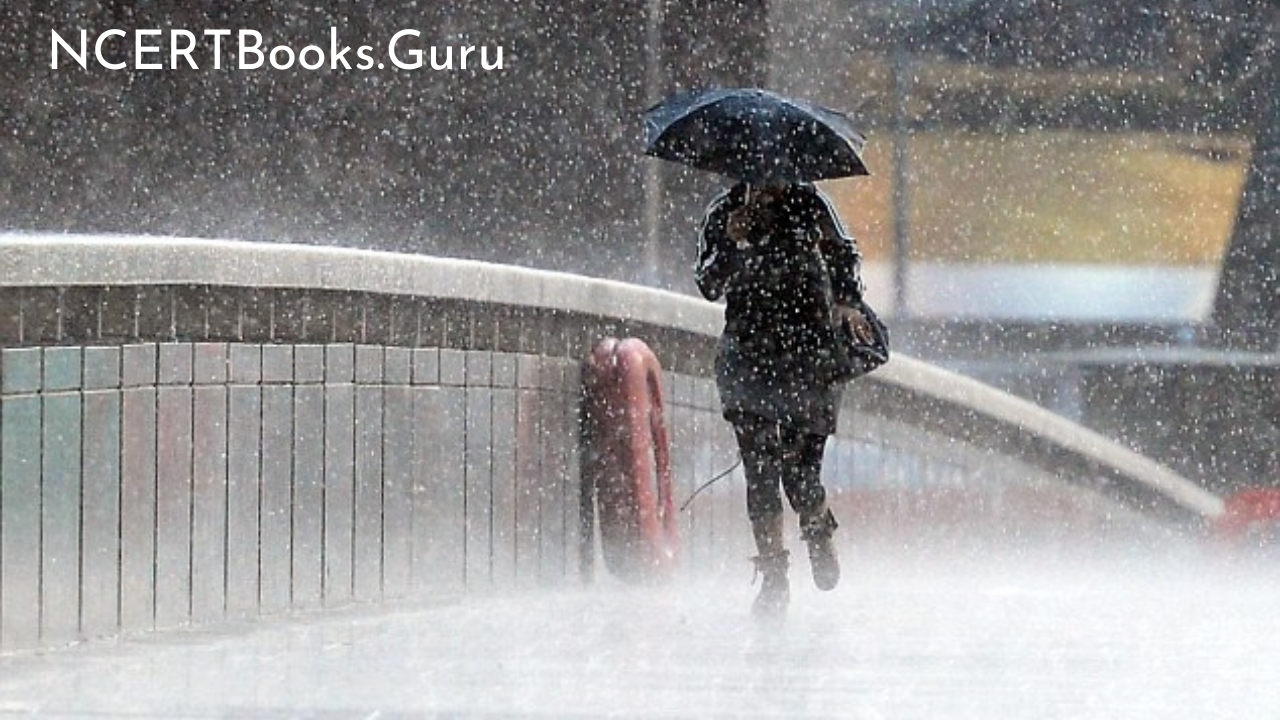10 Lines on Indira Gandhi: There have been very few people who have stunned the entire world with their work and thoughts. One of them is Late Indira Gandhi. Indira Gandhi, the first and only women Prime Minister of India, who is regarded as the world’s daring and dynamic leader.
She established her worth and was considered the powerful prime minister and the President of the Congress party. She overcame all the hurdles and proved her to be the most decisive Prime Minister of India. Indira Gandhi fought all odds against her to combat undemocratic values and the rising terrorism in the country. She sacrificed her own life for the nation’s sake.
Below, there are three sets of 10 lines on Indira Gandhi, which will be handy and practical for students looking to write essays or write assignments about great personalities- Indira Gandhi.
Enhance your vocabulary and writing skills with 10 Lines Essays available. Spark up the creativity in you and access various Topics on 10 Lines all in one place.
Set 1 – 10 Lines on Indira Gandhi for kids
The following ten lines are considerate for students belonging to the classes one, two, three, four, and five.
- Indira Gandhi was the first and the only woman Prime Minister of India in the year 1966.
- Indira Gandhi was the daughter of the first Prime Minister of India, Pandit. Jawaharlal Nehru and Mrs Kamala Nehru.
- Indira Gandhi was born as Indira Nehru on November 19, 1917, at Allahabad, Uttar Pradesh, in present-day Prayagraj.
- Before entering Indian Politics, Indira Gandhi undertook the job as the personal assistant and host to her father.
- Indira Gandhi married Firoze Gandhi, who belonged to the Zoroastrian Parsi family hailing from Gujarat.
- She won the “Raebareli” Lok Sabha seat and undertook her term as the Prime Minister in 1967 with a tenure of eleven years.
- Indira Gandhi gained immense respect among the world community, especially, from the women empowerment organisation across the globe.
- She declared a National Emergency in 1977 to neutralise the effect of the opposition in the country.
- Indira Gandhi was killed in cold blood on October 31, 1984, due to anti-Sikh movements.
- Indira Gandhi was a woman of foresight, courage, and vision who set a 20 point program to bring the poor’s prosperity.
Set 2 – 10 Lines on Indira Gandhi for School Children
The following ten lines are considerate for students belonging to the classes six, seven, and eight.
- Indira Gandhi alias Indira Priyadarshini Nehru was born on November 19, 1917, to Jawaharlal Nehru and Kamala Nehru.
- Before becoming the first woman Prime Minister of India, she was elected as the Information and Broadcasting Minister.
- She was well-known for her bold and courageous decision during her first and second term as India’s first woman Prime Minister.
- Indira Gandhi played a significant role in creating the country of Bangladesh and freed it from Pakistan’s jurisdiction.
- Her elevation to the high position as the Prime Minister gave inspiration to thousands of women across the globe to break gender stereotypes.
- Indira Gandhi was responsible for the complete nationalisation of banks in India in 1970 to provide a strong economic forum for the country.
- She received the credit for Bangladesh Liberation War as she was a significant supporter of the “Mukti Bahini” forces and helped defeat Pakistan and create the country Bangladesh.
- Indira Gandhi received the highest civilian honour “Bharat Ratna” in 1971 and the ‘Bangladesh Freedom Honour’ in the year 2011, posthumously.
- Her bodyguard assassinated Indira Gandhi due to anti-Sikh sentiments across the country in the year 1984.
- Indira Gandhi is resting at the ‘Shakti-Sthal’ at Raj Ghat in New Delhi.
Set 3 – 10 Lines on Indira Gandhi for Higher Class Students
The following ten lines are considerate for students belonging to the classes nine, ten, eleven, twelfth, and students applying for Competitive Exams.
- Indira Gandhi, born on November 19, 1917, Uttar Pradesh, was the daughter of the late and the first Prime Minister of India, Pandit Jawaharlal Nehru.
- Indira Gandhi was the first woman Prime Minister of India and was crowned as the Iron Lady due to her vital decisions and role for the nation.
- Mrs Gandhi did a lot of commendable work in the field of Agriculture and implemented several new schemes for organised Agriculture.
- Indira Gandhi imposed an Internal National emergency to curb the anti-democratic and anti-national elements formed due to the creation of a state of authoritarianism in a democratic country.
- She instructed to incarcerate all her political opponents with the revocation of the citizens’ constitutional rights, and she made sure that the Press remained under censorship during the National Emergency.
- Indira Gandhi was the first to break the social prejudice in the country against women in all spheres of life; thus, giving a facelift for the feminist and women empowerment movements across the globe.
- India was among the fastest-growing economies during her regime, and her elevation to power pushed and boosted confidence in hundreds and thousands of women across the world.
- She created a separation between “Haryana” and “Himachal Pradesh” based on language from erstwhile Punjab, Mizoram, Meghalaya and Tripura in the North-Eas territory.
- She ordered the Indian army to execute a military action known as the ‘Operation Blue Star’ when the Sikh terrorist group demanded Khalistan. This decision was considered an anti-Sikh movement that turned into a religious riot.
- Indira Gandhi was assassinated on October 31, 1984, by her two Sikh bodyguards, who fired 31 bullets and killed her to exchange the massacre at the Golden Temple.
Frequently Asked Questions on Indira Gandhi
Question 1.
When and where was Indira Gandhi born?
Answer:
Indira Gandhi alias Indira Priyadarshini Nehru was born on November 19, 1917, to Jawaharlal Nehru and Kamala Nehru at Allahabad, Uttar Pradesh, in present-day Prayagraj.
Question 2.
Why did Indira Gandhi impose the National Emergency Act?
Answer:
Indira Gandhi imposed an internal National Emergency, 1977, to curb the rising anti-democratic and anti-national elements. Despite knowing that it would affect her election prospects, she still chose to act and imposed the National Emergency Act.
Question 3.
Name the awards presented to Indira Gandhi to honour her role in developing the country and other selfless work.
Answer:
Indira Gandhi received the highest civilian honour “Bharat Ratna” in 1971 and the ‘Bangladesh Freedom Honour’ in the year 2011.
Question 4.
When did Indira Gandhi depart to the heavenly abode and why?
Answer:
Indira Gandhi was assassinated on October 31, 1984, due to anti-Sikh movements pitted against her. She decided to eradicate the terrorist activities occurring inside the golden temple in Amritsar through Operation Bluestar.
